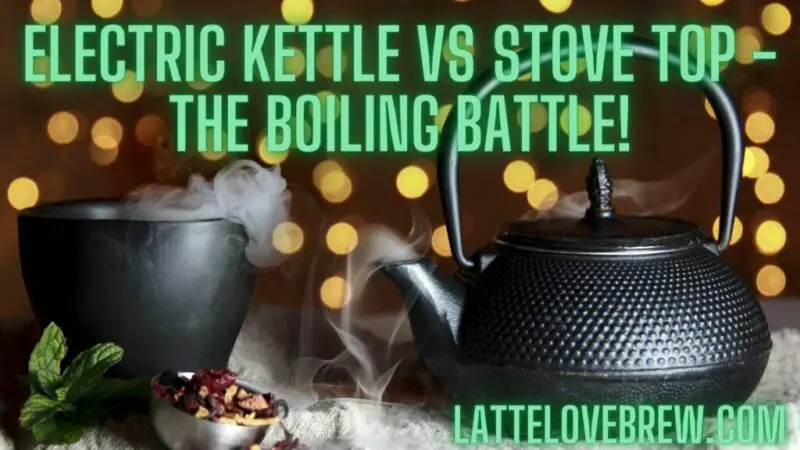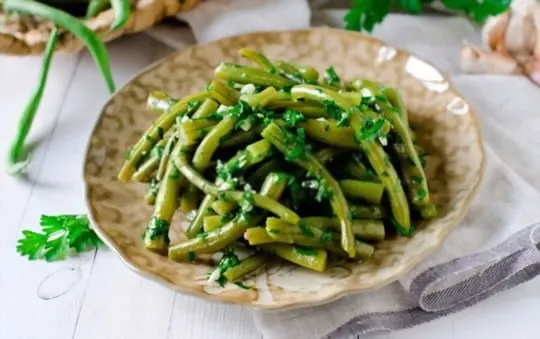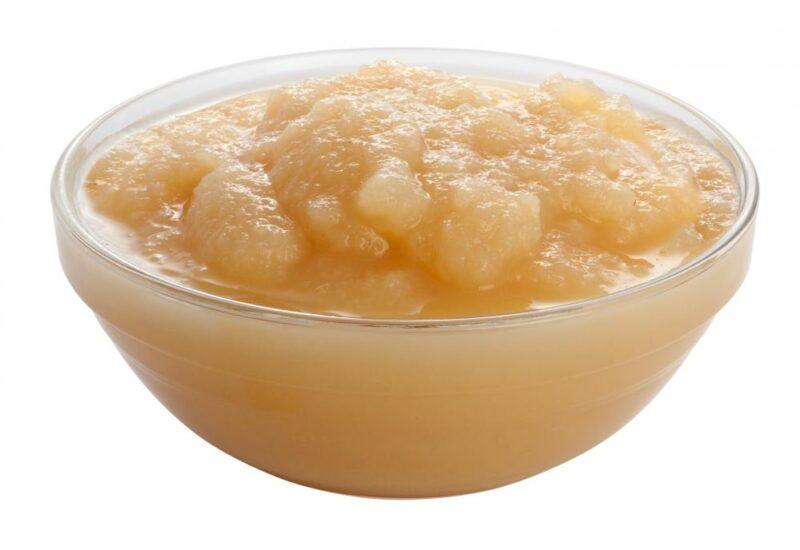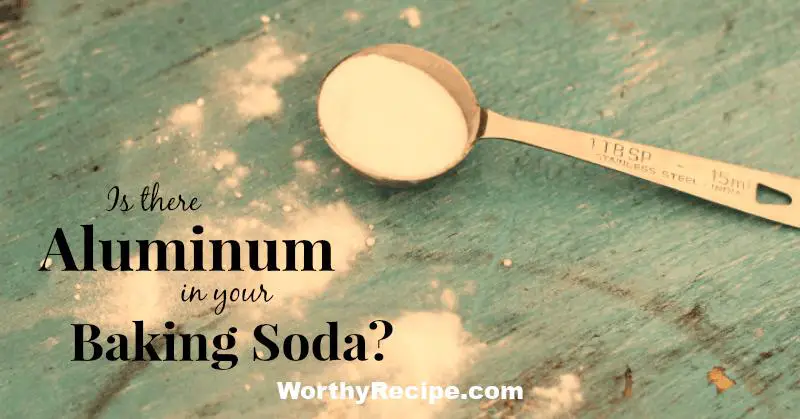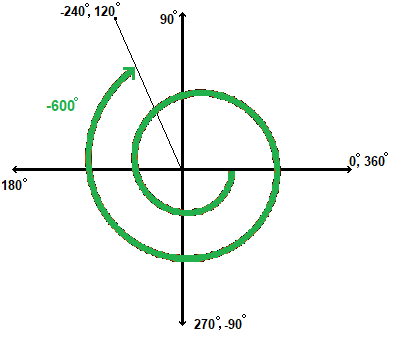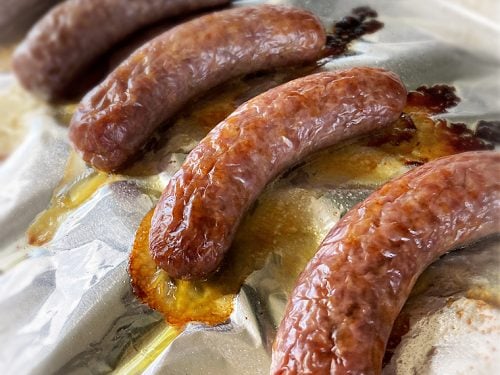Is it Cheaper to Boil a Kettle or a Saucepan?
Boiling water is a daily routine in most households, whether it’s for making tea or coffee, cooking food, or sterilizing baby bottles. However, this ordinary activity may have an impact on your electricity bill, as the appliances used to boil water consume varying amounts of electricity. This raises the question: Is it cheaper to boil a kettle or a saucepan? In this article, we’ll examine the energy consumption and cost-effectiveness of boiling water with both appliances.
Understanding Electricity Consumption
Before analyzing which method is cheaper, it’s essential to understand electricity consumption and how it’s billed. Electricity is measured using kilowatt-hours (kWh). A kilowatt-hour is defined as the amount of energy needed to power a 1-kilowatt appliance for an hour.
The rate at which you’re charged for electricity usage varies depending on your country and provider. For example, in the UK, the average cost per kWh is around 14p (19 cents), while in the US, it can range from 8 cents to 24 cents per kWh, depending on state and provider.
It’s important to keep track of your electricity usage to avoid being caught off guard by unusually high bills. To better understand your consumption patterns, you can use a smart meter or monitor your monthly bills.
Boiling a Kettle
A kettle is designed specifically for boiling water and comes in various sizes that can hold different amounts of water. Kettles can either be electrically powered or stove-top operated.
Using an electric kettle has become the norm in many households due to convenience and speed. According to research conducted by Good Housekeeping magazine in the UK, boiling a full 1.5-liter kettle will cost around 2.5p (3.5 cents) each time, based on a standard electricity tariff. This means that boiling a cup of water in an electric kettle approximately costs around 0.06p (0.08 cents). Depending on your country or state, the cost may vary slightly, but it’s generally an affordable method.
However, it’s worth noting that smaller kettles are more energy-efficient since they consume less power and take less time to boil water than larger ones. If you’re unable to find a small-sized kettle that suits your needs, it’s best to only boil the amount of water you need in a larger kettle rather than filling it up entirely.
Boiling Water in a Saucepan
Saucepans are another option for boiling water at home and are commonly used when preparing meals. Saucepans come in different sizes and materials such as aluminum, cast iron, and stainless steel.
The cost of boiling water in a saucepan can vary depending on various factors, including the volume of water and the type of stove used (gas or electric). According to Energy Savings Trust UK, boiling one liter of water in an electric saucepan with a lid for ten minutes costs approximately 13p (18 cents), while boiling one liter over gas for six minutes costs 7p (9 cents).
However, unlike kettles where specific amounts of water can be measured beforehand, saucepans require trial and error to find the right amount of water needed for specific purposes. Therefore, more water than necessary may sometimes be boiled in a saucepan which could impact the energy consumption rate.
Comparing Energy Consumption
When comparing energy consumption between boiling water with a kettle versus boiling water with a saucepan, it boils down to which is more energy-efficient and what factors influence energy consumption.
- The kettle’s heating element is fully immersed in water allowing for efficient heat transfer to rapidly heat the water. This results in quick and energy-efficient boiling compared to a saucepan that requires time to heat up and starts losing heat through the sides of the pan before reaching the water, making it less energy-efficient.
- Another factor that influences energy consumption is the wattage ratings of different appliances. Kettles are rated between 1,500W-3,000W while most electric stove-tops are rated at approximately 1,000W per element. This means that kettles require more power to operate and may consume more electricity than using a stove-top method.
Cost Comparison
The cost of boiling water depends on factors such as the energy source used, volume of water, equipment, country or state’s electricity rates and usage patterns. In general, boiling water in a kettle is cheaper than using a saucepan.
To better illustrate the cost comparison let’s consider two standard scenarios:
- Scenario 1: Boiling one cup (250ml) of water one time per day for one month
| Kettle | Saucepan over electric stove | Saucepan over gas stove | |
|---|---|---|---|
| Electricity Cost (UK)* | £0.43 (0.60 cents) | £1.20 (1.68 cents) | £0.69 (0.96 cents) |
| Electricity Cost (US)** | $0.21 | $0.67 | $0.31 |
- Scenario 2: Boiling four cups (1L) of water twice per day for one month
| Kettle | Saucepan over electric stove | Saucepan over gas stove | |
|---|---|---|---|
| Electricity Cost (UK)* | £27.35 ($38.27) | £75.86 ($106) | £43.87 ($61.30) |
| Electricity Cost (US)** | $13.51 | $43.05 | $19.89 |
*Electricity cost based on UK average kWh prices (~14p/kWh). **Electricity cost based on US average kWh prices (13 cents/kWh).
The results show that in both scenarios, boiling water in a kettle is cheaper than using a saucepan by at least half the cost across all locations and methods used.
Environmental Impact
In addition to considering cost-effectiveness when boiling water, it’s essential to consider the environmental impact of using kettles versus saucepans. If you’re an environmentally conscious individual, your decision may be influenced by the CO2 emissions produced by each appliance.
Electric kettles are more energy-efficient and produce slightly less carbon emissions than boiling water using gas stoves or electric saucepans. However, this difference in carbon emissions is considered negligible since the amounts of carbon dioxide produced per use are a fraction of penny’s worth of carbon taxes.
The material used to make kettles and saucepans also plays a role in their environmental impact. Stainless steel and glass kettles are generally more environmentally friendly than plastic ones, which take hundreds of years to decompose and can release harmful chemicals into the soil and waterways when disposed of improperly.
Other Factors to Consider
In addition to cost-effectiveness and environmental impact, there are other factors to consider when choosing whether to boil water with a kettle or a saucepan, including:
- Time taken to boil water: The boiling time varies between a kettle and a saucepan. Kettles tend to be quicker since they use higher wattage heating elements than stove-tops. If you need boiling water urgently, using a kettle may be more convenient. However, if you’re cooking food that requires boiling for a more extended period, then using a saucepan may be more efficient.
- Impact on your daily routine: Boiling water shouldn’t take much of your time or effort. If convenience is your priority, using an electric kettle may be the best choice since it’s quick and easy to use compared to using a stove-top method.
Tips on Saving Electricity Bill while Boiling Water
If you’re looking to reduce your electricity bill while boiling water, there are several simple steps that you can implement. These include:
- Only boil what you need: Measure the amount of water needed for your purpose and avoid overfilling kettles or saucepans.
- Choose energy-efficient appliances: Look for energy ratings on kettle or saucepan products, choose smaller-sized kettles, and use lids on saucepans since it helps speed up heating and reduces heat loss.
- Maintain your appliances: Regularly descale your kettle, clean your stove-top’s bottom, and replace faulty parts to ensure they operate efficiently.
Conclusion
In conclusion, boiling water in a kettle is cheaper and more energy-efficient than boiling water in a saucepan. Factors such as wattage rating, volume of water, the electricity rate, equipment used, and usage patterns affect the cost-effectiveness of both methods. Although electric kettles produce slightly less carbon emissions than gas stove-tops or electric saucepans, the difference appears negligible. When choosing between boiling with a kettle or a saucepan, consider other factors such as convenience, time consumed while boiling water and environmental impact to pick the most suitable choice for your needs. Remember to implement cost-saving measures when boiling water to reduce your electricity bill.
References
- “How Much Does It Cost To Boil The Kettle?: Good Housekeeping UK.”
- “How Much Does It Cost to Boil a Kettle? Energy Saving Trust UK.”
- “The US Department of Energy.”
Frequently Asked Questions
What are the factors that affect the cost of boiling water in a kettle or a saucepan?
There are several factors that affect the cost of boiling water, such as the amount of water you boil, the temperature of the water, and how long it takes to boil. Additionally, the type and efficiency of your heating element can also affect energy consumption.
Is a kettle more energy-efficient than a saucepan?
Yes, generally speaking, a kettle is more energy-efficient than a saucepan. This is because kettles have heating elements that are specifically designed to boil water quickly and efficiently. Also, kettles come with automatic shut-off features that prevent them from wasting energy by continuing to heat up once the water has boiled.
Can using a saucepan affect the taste of the water?
Using a saucepan is unlikely to affect the taste of your water unless it is made from materials that react with the water or impart flavor or odor. Some common materials used in saucepans include stainless steel, aluminum, copper, and non-stick coatings. If you’re concerned about metallic tastes or odors, consider using a glass or ceramic-lined saucepan.
Which method is better for boiling water – kettle or saucepan?
The answer depends on your needs and preferences. If you need to boil large quantities of water regularly – for example, if you’re brewing tea for guests or filling up hot water bottles – then using an electric kettle will be more efficient and convenient. However, if you only need a small amount of boiled water occasionally – say for instant coffee or soup – then boiling it in a saucepan may be more practical. Ultimately both methods do their job well and achieve a good final result–boiling hot water!
